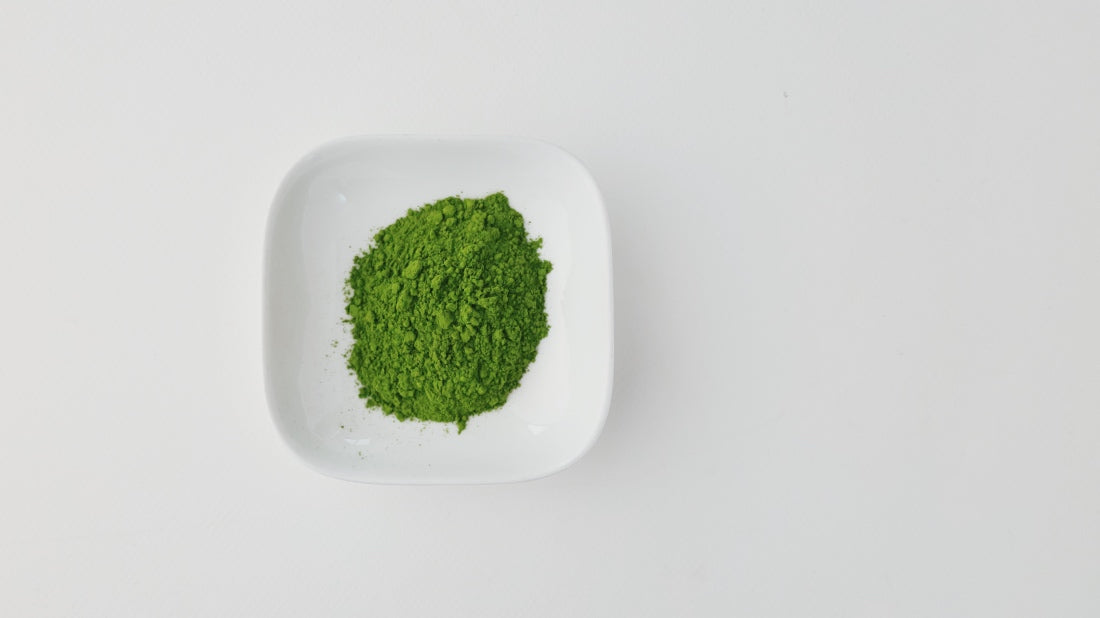
What is matcha?
Share
In a world where wellness trends often come and go, matcha has transcended fleeting fads to become a beloved staple in many households and cafes. This vibrant green powdered tea holds a rich history and a plethora of health benefits, making it a favorite among tea enthusiasts and health-conscious individuals alike. But what exactly is matcha, and how can one discern the best quality amidst a sea of options?
Origins and Production of Matcha
Matcha traces its origins to Japan, where it has been cherished for centuries as an integral part of traditional tea ceremonies. The essence of matcha lies in its meticulous production process. Unlike other teas, matcha is made from shade-grown tea leaves from the Camellia sinensis plant. About three weeks before harvest, the tea bushes are covered with shade cloth, encouraging the growth of tender, nutrient-rich leaves. This shading process boosts the production of chlorophyll and amino acids, particularly L-theanine, which contributes to matcha's distinct flavour profile and health benefits.
Once harvested, the leaves undergo steaming to halt oxidation, followed by air-drying and removal of stems and veins. The remaining leaf material, known as tencha, is stone-ground into a fine powder, resulting in the vibrant green powder we recognize as matcha.
Qualities of the best Matcha
Identifying premium matcha amidst various grades requires attention to several key factors:
Color and Texture: High-quality matcha exhibits a vibrant green hue, signaling ample chlorophyll content and careful processing. The texture should be finely ground, akin to talcum powder, ensuring a smooth, velvety consistency when whisked with water.
Aroma: Aroma serves as a gateway to matcha's flavor profile. Superior matcha boasts a fresh, grassy fragrance, indicative of its high-quality, shade-grown leaves.
Flavour Profile: When properly brewed, matcha offers a harmonious balance of umami, sweetness, and slight bitterness. The presence of L-theanine contributes to its characteristic savory undertones, distinguishing it from lower-grade counterparts.
Origin and Certification: Opt for matcha sourced from reputable regions in Japan, such as Uji, Kyoto, or Nishio, known for their ideal climate and soil conditions.
Ceremonial vs. Culinary Grade: Matcha is available in various grades, with ceremonial grade being the highest quality suited for traditional tea ceremonies, while culinary grade is ideal for culinary applications like lattes, smoothies, and baking. Ceremonial grade matcha typically commands a higher price due to its superior taste and aroma.
Preparing the Perfect Cup: Achieving the full potential of matcha requires careful preparation:
-
Sift the Matcha: Use a fine mesh sieve to sift matcha powder into your bowl, ensuring a lump-free consistency.
-
Use Hot, Not Boiling Water: Heat water to around 80°C to preserve matcha's delicate flavors. Boiling water can scorch the leaves, resulting in a bitter brew.
-
Whisk with Precision: Utilize a bamboo whisk (chasen) to vigorously whisk the matcha and water in a zigzag motion until frothy, ensuring even incorporation and a velvety texture.
-
Savour Mindfully: Enjoy your matcha immediately after preparation to experience its nuanced flavors at their peak.
In conclusion, matcha's journey from leaf to cup is a testament to centuries of tradition and meticulous craftsmanship. By discerning the hallmarks of quality and mastering the art of preparation, one can unlock the full spectrum of flavors and benefits inherent in this revered tea. So, whether enjoyed in a tranquil tea ceremony, a matcha latte or infused into modern culinary creations, matcha continues to captivate hearts and palates worldwide.
